
Mr. Nguyen Loc Ha - Vice Chairman of the People's Committee of Ho Chi Minh City - speaks with delegates before the seminar on the morning of July 17 - Photo: QUANG DINH
From mergers to inter-regional "roles" allocation
At the seminar "Driving Forces for Industrial Development in Ho Chi Minh City - From Potential to Action," directed by the Ho Chi Minh City People's Committee and organized by the Department of Industry and Trade in coordination with Tuoi Tre newspaper and related units on the morning of July 17th, more than 120 delegates participated, including leaders from central ministries and agencies, experts, researchers, and leading businesses.
Experts, managers, and businesses have come together to offer suggestions to answer the big question: what needs to be done to ensure that Ho Chi Minh City's industry truly becomes a pillar of sustainable growth in the context of expanding administrative boundaries?
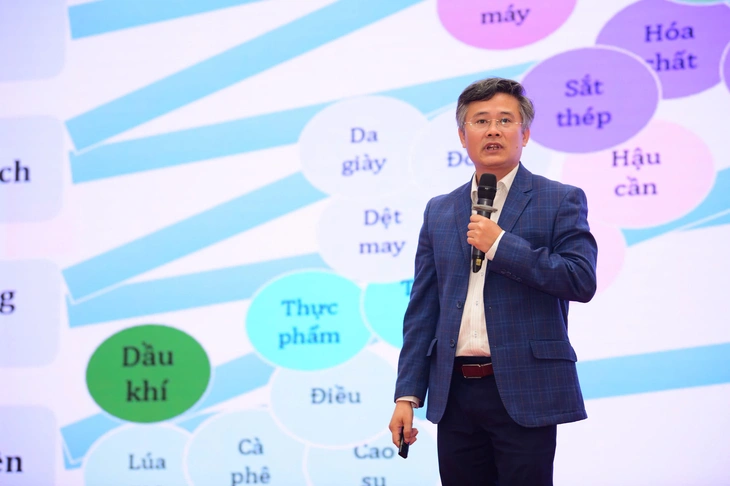
Dr. Do Thien Anh Tuan - Fulbright School of Public Policy and Management - presented a paper titled "Driving Forces for Industrial Development in Ho Chi Minh City: From Potential to Action" - Photo: QUANG DINH
According to Mr. Do Thien Anh Tuan, a lecturer at the Fulbright School of Public Policy and Management, Ho Chi Minh City, after the merger, still maintains its leading position in the country's industry. However, he emphasized that "for sustainable development, we cannot continue to develop extensively but must restructure and clearly define roles among regions to optimize the value chain."
Specifically, the old Ho Chi Minh City should retain the role of the "brain" of the industrial region – a hub for R&D, finance, quality control, and production coordination. Binh Duong and Dong Nai should be high-tech manufacturing centers, while Ba Ria - Vung Tau should take on the role of import-export hub and energy provider. Long An is envisioned to become a center for food processing and agricultural product manufacturing connecting the Mekong Delta.
Meanwhile, Tay Ninh and Binh Phuoc play the role of satellite regions, providing raw materials, energy, and border logistics.
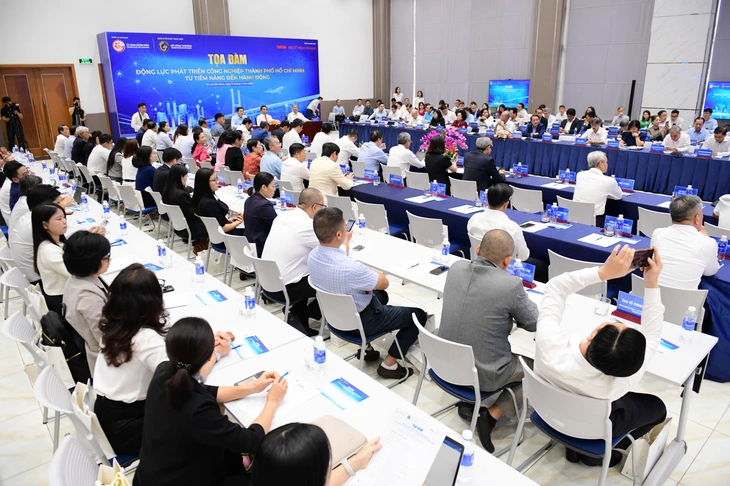
Overview of the seminar "Driving Forces for Industrial Development in Ho Chi Minh City - From Potential to Action" on the morning of July 17th - Photo: QUANG DINH
Speaking at the seminar, Dr. Huynh Thanh Dien, a lecturer at Nguyen Tat Thanh University, called this model the "core axis of the industrial value chain" of Ho Chi Minh City, with the ability to lead from design and R&D to production, logistics, and export. This is a complete ecosystem that can spread to both the Eastern and Southwestern regions of Vietnam.
However, to effectively coordinate this model, Mr. Dien suggested the need for a regional "leading agency," a competent body to coordinate policies, spatial planning, and inter-provincial infrastructure investment.
"Otherwise, the consequences are already evident, such as Cai Mep port waiting for goods to be exported but experiencing traffic congestion, high logistics costs, and weak connectivity, which reduces the competitiveness of the entire region," Mr. Dien said.
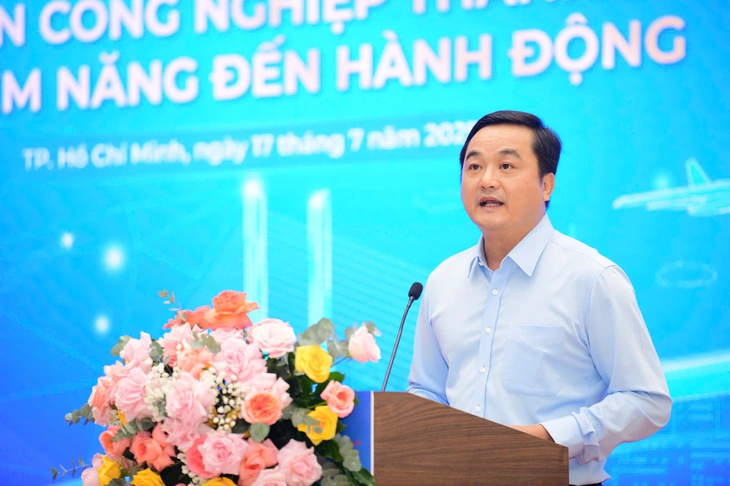
Mr. Bui Ta Hoang Vu - Director of the Ho Chi Minh City Department of Industry and Trade - delivered the opening remarks at the seminar - Photo: QUANG DINH
At the seminar, Mr. Bui Ta Hoang Vu, Director of the Ho Chi Minh City Department of Industry and Trade, frankly acknowledged that Ho Chi Minh City's industry contributes 30% of the GRDP and plays a leading role, but still faces many bottlenecks.
Logistics costs account for 16-20% of product prices, higher than the regional average. The availability of clean industrial land is limited, and land lease costs are high.
Many businesses still have outdated production technologies and low levels of automation. The impact of international trade policies, such as the US imposing tariffs on exports from Vietnam, requires businesses to improve quality and innovate.
In response to the need for restructuring and development, the Ho Chi Minh City Department of Industry and Trade has identified five key solution groups to guide industrial planning within the new development space.
Firstly : Develop a synchronized industrial, logistics, and energy infrastructure. Priority should be given to building specialized industrial zones, technology parks, and large-scale integrated logistics clusters that utilize green energy.
Secondly : Technological innovation - digital transformation - automation, promoting high-tech industrial products, linked to smart cities, green transformation and comprehensive digitalization.
Thirdly: Attract investment and develop supporting industries. Issue investment incentives for new materials and strategic components, and promote the localization of production.
Fourth : Develop highly skilled human resources to connect businesses with training centers, forming a network of smart industrial and logistics skills.
Fifth : Green industry and circular economy . Encouraging technological innovation in waste treatment, recycling, and carbon emission reduction, aiming for net-zero emissions.
Aiming to become the region's industrial, innovation, and logistics hub.
According to experts, the expansion of Ho Chi Minh City is not just about expanding its geographical boundaries, but also about opening up a new vision for 2045 to become the manufacturing, innovation, and logistics center of the entire country and the Southeast Asian region.
To realize this, expert Do Thien Anh Tuan suggested that Ho Chi Minh City should build a "borderless trade center" to serve as a platform for Vietnamese businesses to connect directly with the global market. Simultaneously, it should develop financial centers, a chain of R&D centers, digital logistics, and smart industries.
Mr. Nguyen Hong Hai, chief architect of Becamex IDC Corporation (a state-owned enterprise under the Ho Chi Minh City People's Committee), introduced the planning of the science and technology ecosystem. Accordingly, the planning for the northern area of Ho Chi Minh City (the former Binh Duong province) has been meticulously carried out by Binh Duong province, shifting to a model of in-depth development and proactively seeking solutions to overcome the "middle-income trap".
Mr. Hai stated that for over 25 years, Binh Duong has collaborated with Singaporean partners to develop industry and attract investment. The area north of Ho Chi Minh City (formerly Binh Duong) has been planned for the development of a comprehensive public transportation network, smart energy solutions, waste treatment for environmental protection, and the formation of TODs (Transit-Oriented Development Areas)…
Mr. Hai emphasized that many years ago, Binh Duong had a vision and planning not only for Binh Duong itself but also in connection with Ho Chi Minh City, the Southeast region, and the whole country.
With the approved plan, the merger of Binh Duong into a new Ho Chi Minh City will create a solid foundation for development, turning ideas and plans into reality, and overcoming the middle-income trap...
Mr. Bui Ta Hoang Vu stated that the Ho Chi Minh City Department of Industry and Trade, together with Tuoi Tre newspaper, launched the program "Contributing Ideas for the Development of Ho Chi Minh City's Industry," inviting businesses, researchers, and citizens to contribute ideas and solutions to build a modern, green, and sustainable industrial sector.
"With a proactive spirit, a sense of responsibility, and a desire for innovation, Ho Chi Minh City is ready to enter a new cycle of industrial growth, not only as a 'locomotive' in the country but also as a driving force for the entire region," Mr. Bui Ta Hoang Vu emphasized.
Source: https://tuoitre.vn/lam-gi-de-sieu-do-thi-tp-hcm-dinh-hinh-truc-cong-nghiep-moi-20250717102730012.htm








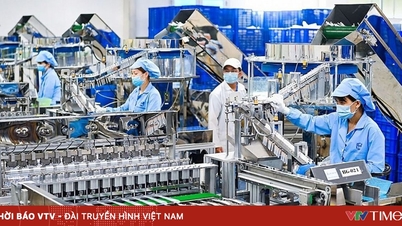




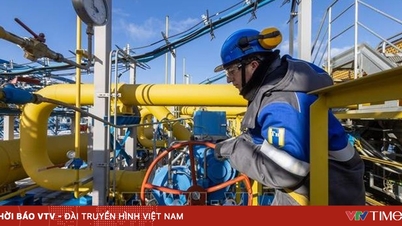
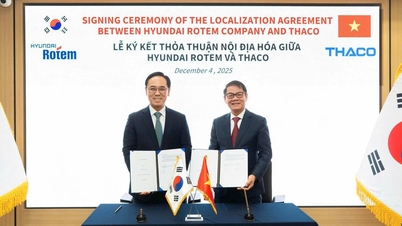

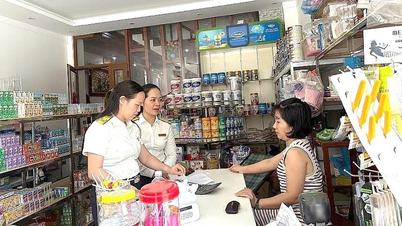



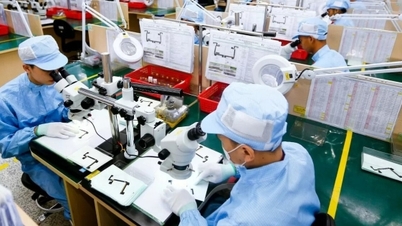


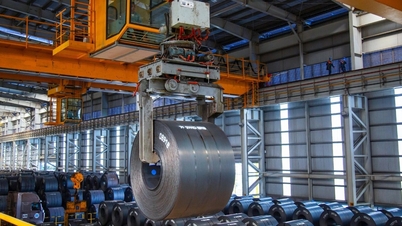

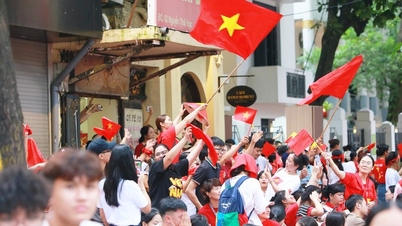

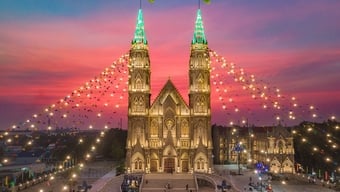



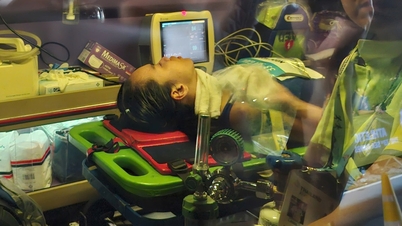


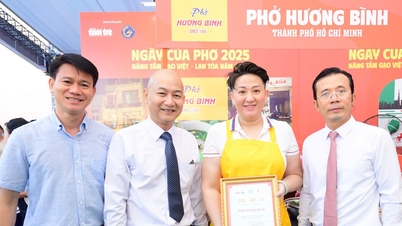


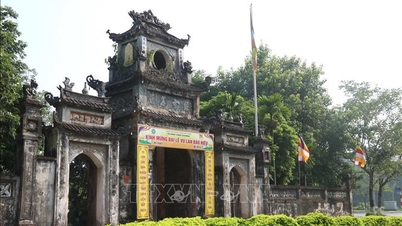


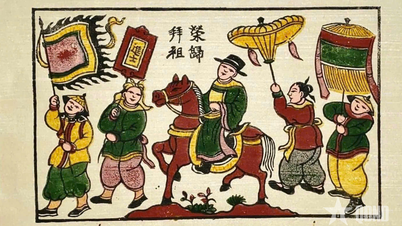







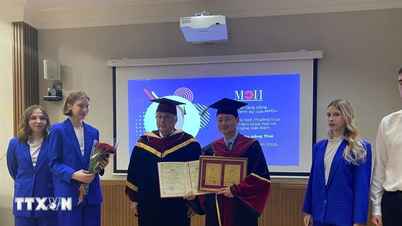




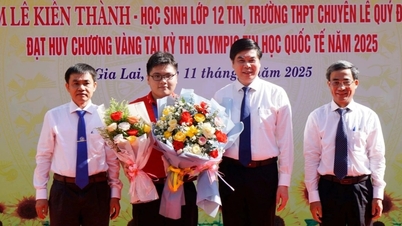
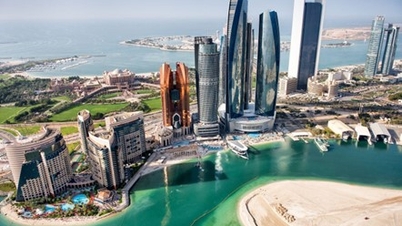

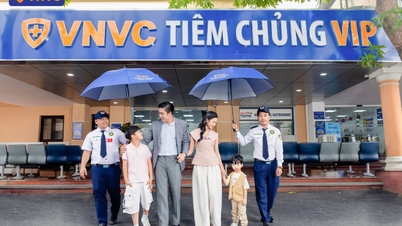




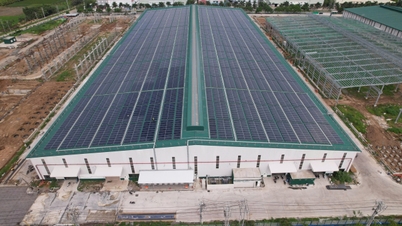


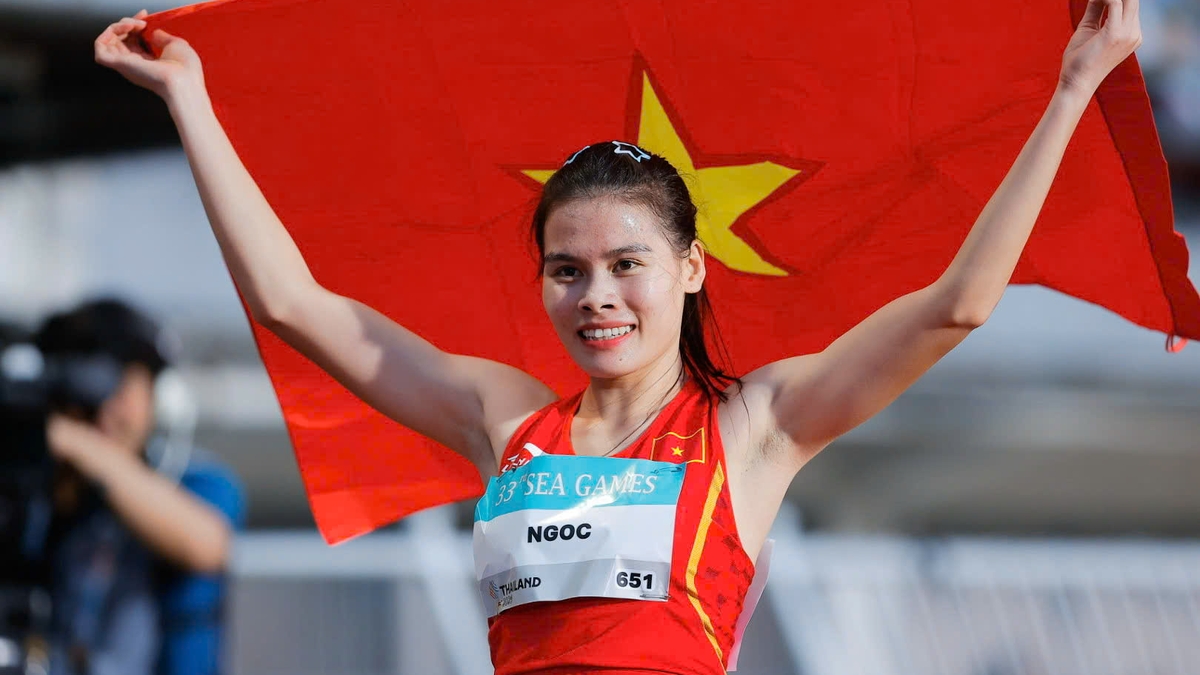








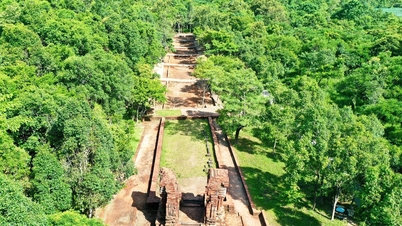




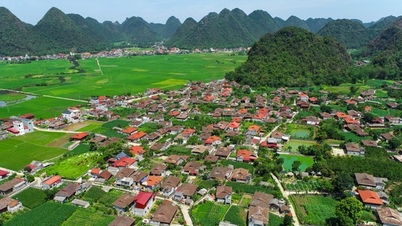
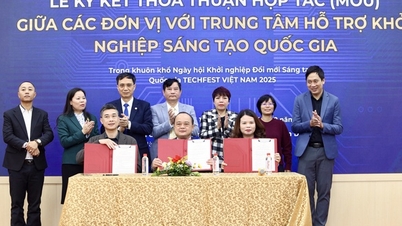


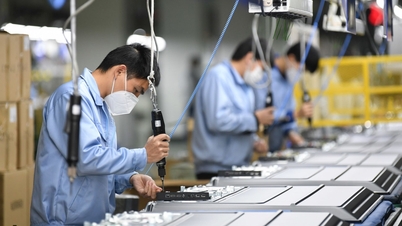



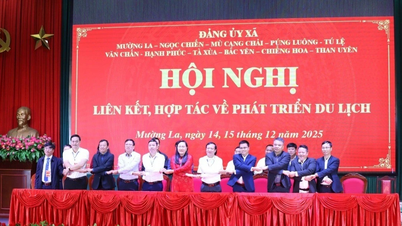




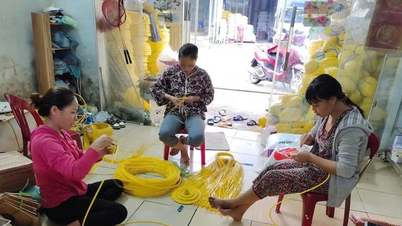

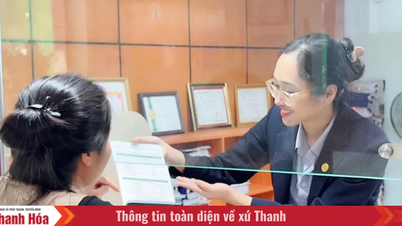















Comment (0)